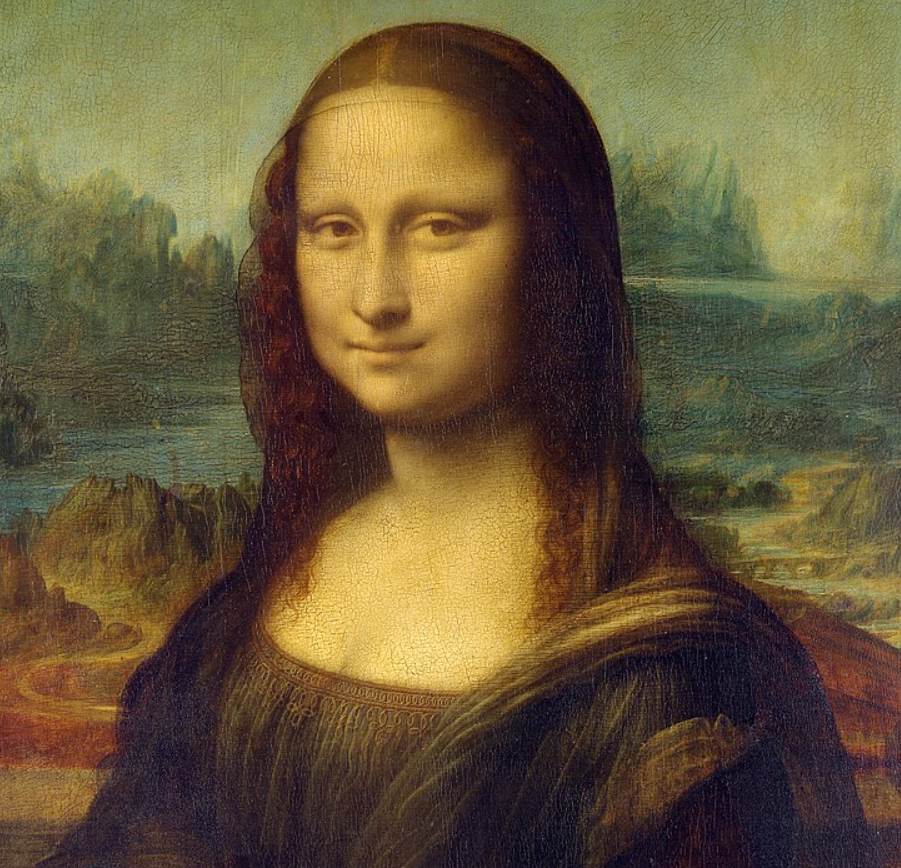The Renaissance is a period in European history that marked the transition between the dark and gloomy Middle Ages into a completely new era of social progress. Some of the greatest minds in history lived during this period which encompassed the 15th and 16th centuries.
The revival of Humanism derived from the Roman version “Humanitas,” and the rediscovery of and increased interest in ancient Greek philosophy can be described as the starting point of this movement. It outgrew the world of art and redefined life in most parts of Europe.
Although the movement started in the Republic of Florence, the epicenter of the High Renaissance was Rome. Multiple cities in Belgium can be described as the epicenter of the Northern Renaissance, including Bruges and Antwerp.
Let’s take a closer look at some of the most famous Renaissance paintings, artworks that define this revolutionary art movement.
1. The School of Athens – Raphael
- Date created: 1509-1511
- Dimensions: 500 × 770 centimeters (200 × 300 inches)
- Location: Apostolic Palace, Vatican Museums, Vatican City
The School of Athens can easily be described as one of the most defining Renaissance paintings in history. It’s one of the immense frescoes that decorate the rooms of the Apostolic Palace in Vatican City which is now part of the Vatican Museum.
The painting represents Philosophy and was painted by influential Renaissance artist Raphael as part of a much larger commission. The rooms in the Vatican Museum are now referred to as the “Stanze di Raffaello” or “Raphael Rooms,” and these are some of Raphael’s most famous works. Apart from including a wide variety of his colleagues in this work, he also sneakily included himself in the bottom right corner.
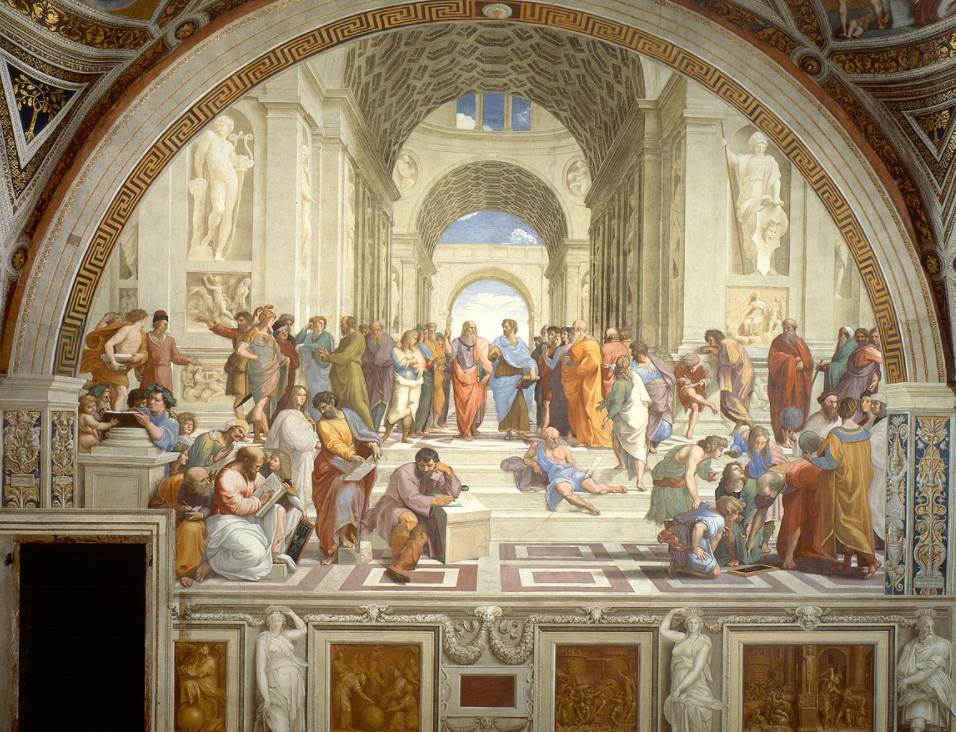
2. The Last Supper – Leonardo da Vinci
- Date created: 1495-1498
- Dimensions: 700 × 880 centimeters (280 x 350 inches)
- Location: Santa Maria delle Grazie, Milan, Italy
The Last Supper is arguably one of the best-recognizable religious artworks in the world. This is remarkable because Leonardo da Vinci kind of made a complete mess of his astounding work by using an experimental method of undercoat, something that resulted in the fresco fading the moment it was completed.
Luckily, it has been restored to its original glory multiple times so we can still admire this fascinating work of art. It depicts Jesus with the Twelve Apostles, one of the most common scenes in Christian art. It’s located on the wall of the convent that is part of a famous church in Milan.
3. The Creation of Adam – Michelangelo
- Date created: 1512
- Dimensions: 280 × 570 centimeters (9 feet 2 inches × 18 feet 8 inches)
- Location: Sistine Chapel, Vatican City
The Creation of Adam is yet another defining religious work of art that was created by da Vinci’s contemporary, Michelangelo. It depicts the Biblical story of Creation as it was told in the Book of Genesis. It shows the moment that God gives life to the first man, Adam.
The recognizable aspect of the fresco that decorates the ceiling of the Sistine Chapel in Vatican City is perhaps not even the most intriguing fact about it. Michelangelo only reluctantly accepted this commission as he was mainly a sculptor, not a painter. Regardless, he worked over 4 years on this immense work of art and repeated the same over 2 decades later when he painted The Last Judgement on the chapel’s altar wall.
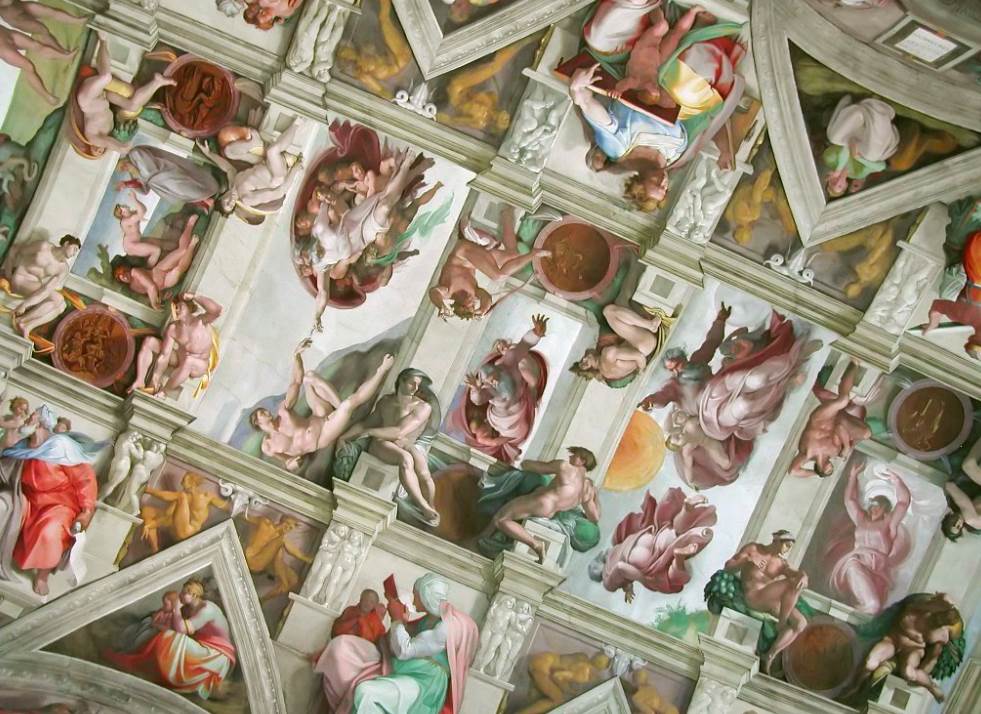
4. Venus of Urbino – Titian
- Date created: 1532 – 1534
- Dimensions: 119 × 165 centimeters (47 × 65 inches)
- Location: Uffizi Gallery, Florence, Italy
The Venus of Urbino is the painting of a nude young woman as she is lying on a bed inside a Renaissance-style palace. It was painted by Titian, one of the leading artists of the Venetian School of the 16th century, and is on display at the Uffizi Gallery in Florence.
The painting was based on a very similar-looking work attributed to Giorgione called the “Dresden Venus.” It’s assumed that Tiziano Vecelli also had a hand in this work as Giorgione died before it was completed. The eroticism in this painting hasn’t been accurately defined by art historians so multiple theories as to how it should be interpreted exist.

5. Ghent Altarpiece – Jan van Eyck
- Date created: 1425-1432
- Dimensions: 3.5 x 4.6 meters (11.48 x 15.09 feet)
- Location: St. Bavo’s Cathedral, Ghent, Belgium
The Ghent Altarpiece is not just one of the most famous Renaissance paintings in the world, it’s also considered to be one of the world’s ultimate art treasures; This monumental painting was painted by Jan van Eyck and his brother Hubert is one of the finest works of the northern Renaissance. It’s clear how much of the work was painted by Jan van Eyck, but most art historians agree that Jan had the highest stake in the work.
The painting is located in a cathedral in the Belgian city of Ghent which is how it got its name. The painting consists of multiple panels on both sides and the central panel of the 12 interior panels depicts the adoration of the Lamb of God. This is why the painting is also referred to as the “Adoration of the Mystic Lamb” or “Lam Gods.”
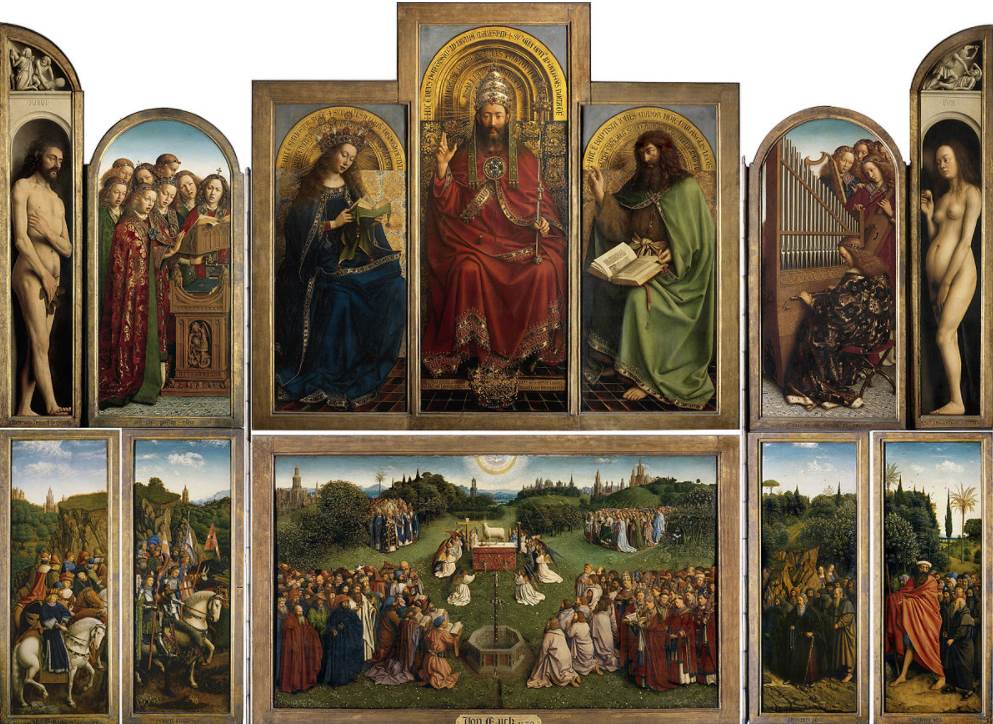
6. Sistine Madonna – Raphael
- Date created: 1513-1514
- Dimensions: 265 × 196 centimeters (104 × 77 inches)
- Location: Gemäldegalerie Alte Meister, Dresden, Germany
The Sistine Madonna is one of the most influential works of art created by Raphael, one of the most prominent figures of the High Renaissance. It was commissioned by Pope Julius II in 1512 to decorate the Renaissance-style church of San Sisto in Piacenza, Italy.
The painting ended up in Dresden in the year 1754 and was briefly moved to Moscow following the conclusion of World War II. It had a great influence on both German and Russian artists and can now be admired at the most famous museum in the German city of Dresden called the Gemäldegalerie Alte Meister.

7. Feast of the Rosary – Albrecht Dürer
- Date created: 1506
- Dimensions: 161.5 × 192 centimeters (63.6 × 76 inches)
- Location: National Gallery, Prague, Czech Republic
The Feast of the Rosary is one of the most famous works of Albrecht Dürer, a contemporary of Raphael and a leading artist of the northern Renaissance. It has been described as one of the “most superb artworks ever created by a German master.”
The painting was one of the many works commissioned by Maximilian I, a man who became the Holy Roman Emperor in 1508. Although the work depicts the Virgin Mary, art historians assume that it was painted to commemorate Maximillian’s first wife, Mary of Burgundy, who died early in a riding accident in 1482.

8. Children’s Games – Pieter Bruegel the Elder
- Date created: 1560
- Dimensions: 118 × 161 centimeters (46 × 63 inches)
- Location: Kunsthistorisches Museum, Vienna, Austria
As the name of the painting implies, Children’s Games depicts a large scene of children playing a wide variety of games common during the 16th century in what is today Belgium and the Netherlands. It was painted by Pieter Brueghel the Elder, one of the most famous artists of the Flemish Renaissance.
It’s assumed that this painting was intended to become part of a series related to the “Ages of Man,” the seven stages of a man’s life. In that sense, this painting would have represented youthfulness even though no other paintings in this series exist. About 80 different types of games have been identified in this extremely crowded work of art.

9. The Birth of Venus – Sandro Botticelli
- Date created: 1484-1486
- Dimensions: 172.5 × 278.9 centimeters (67.9 × 109.6 inches)
- Location: Uffizi Gallery, Florence, Italy
The Birth of Venus is a work painted by the Italian painter of the Renaissance named Sandro Botticelli (1445-1510). It depicts the goddess Venus as she arrives on the shore after her birth as a fully-grown and naked woman.
The painting is on display at the Uffizi Gallery in Florence and is one of two immense works of art by the artist with mythological themes at this museum. The other one is “Primavera” which was painted a bit earlier, and even though they are not a pair, these two mythological paintings are often discussed together.
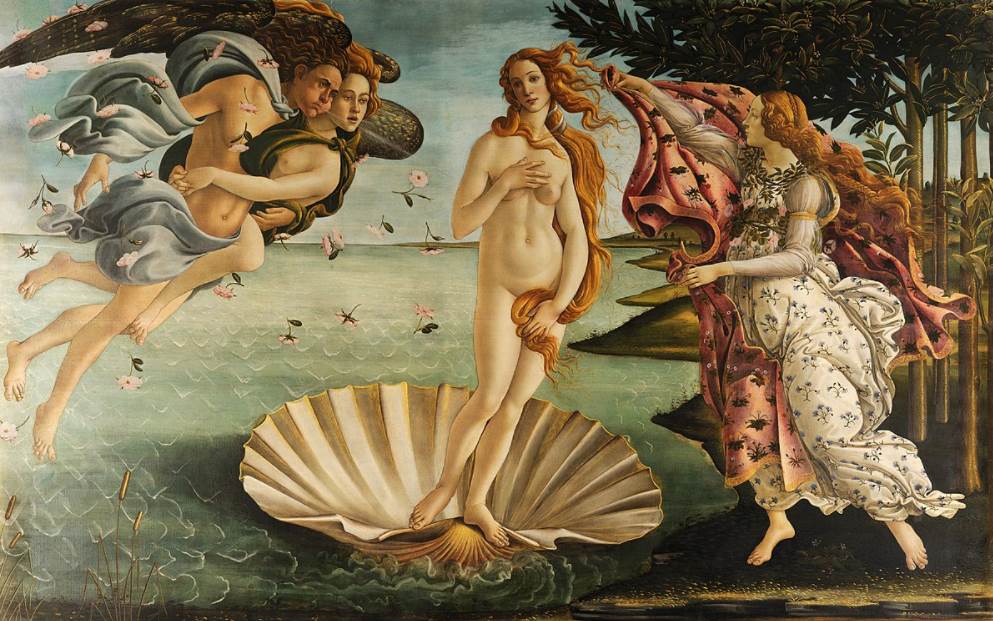
10. The Mona Lisa – Leonardo da Vinci
- Date created: 1506-1517
- Dimensions: 77 × 53 centimeters (30 × 21 inches)
- Location: Louvre Museum, Paris, France
The Mona Lisa can easily be described as the most famous painting in the world. The mesmerizing smile of this woman has captivated people since Leonard da Vinci stopped working on it in 1517, presumably without ever finishing this remarkable work of art.
The most common theory is that it depicts the Italian noblewoman Lisa Gherardini, although da Vinci never actually delivered the work to her. The painting moved to France after it was acquired by King Francis I of France in the 16th century and has been on display at the Louvre Museum in Paris since 1797 (minus the period it was stolen in the early 20th century).
